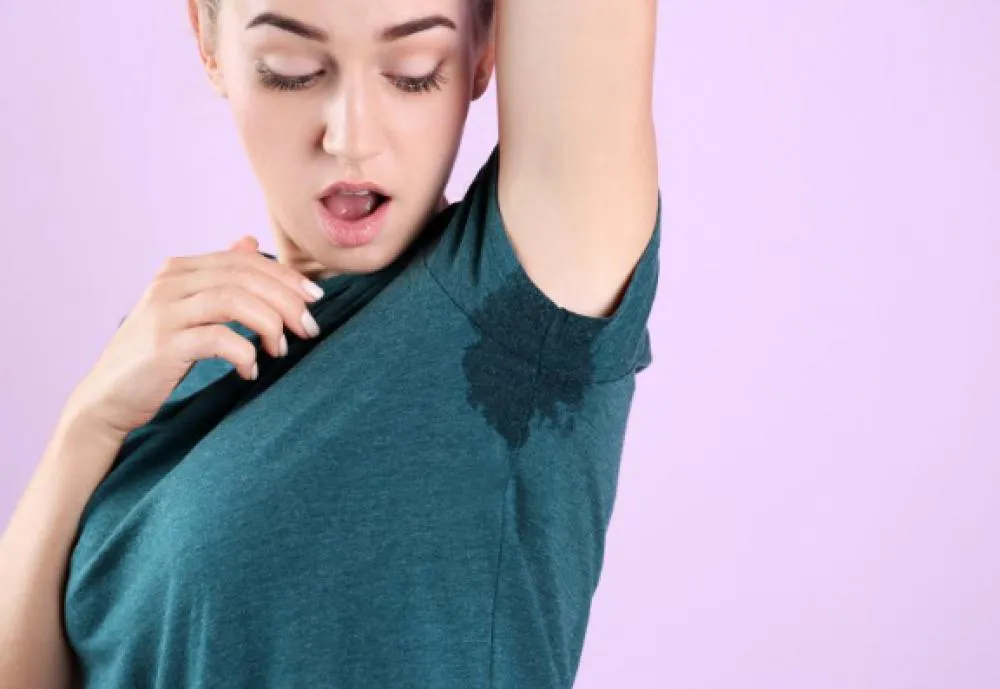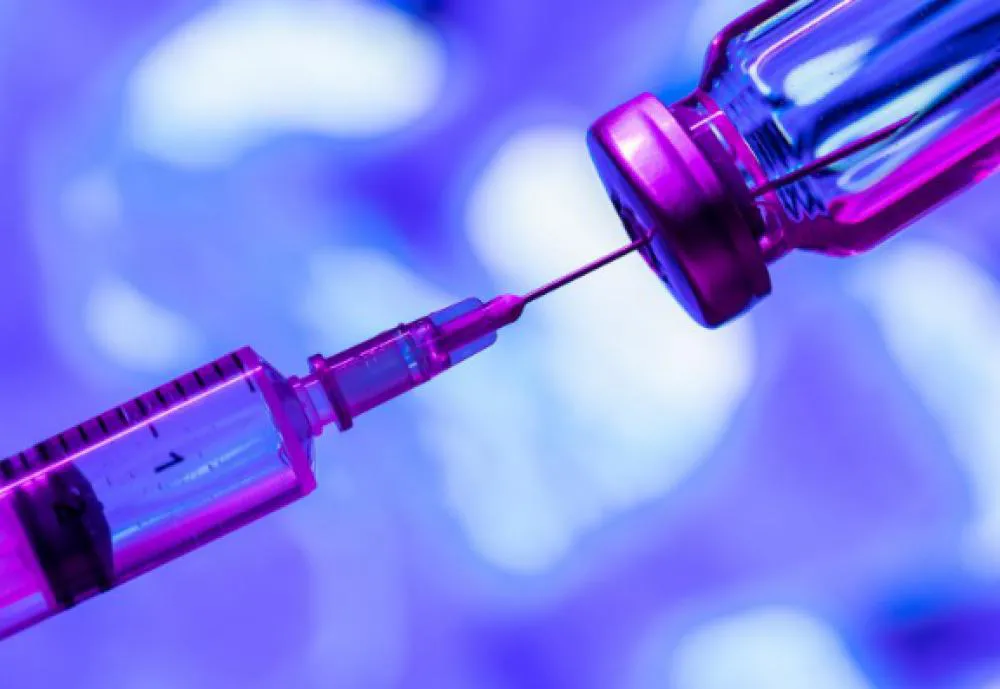Imagine waking up daily, not worrying about the embarrassment of sweat stains on your shirt during an important meeting or feeling self-conscious on a date. For many, this seems like a mere dream due to a condition known as hyperhidrosis, which causes excessive sweating. But what if there was a way to turn this dream into reality? This is where Botox, commonly associated with cosmetic procedures for wrinkles, comes into play as a revolutionary treatment for excessive sweating.
In this guide, we delve into the depths of using Botox for hyperhidrosis. We'll explore everything from the basic understanding of the condition, the science behind the treatment, and what to expect during the procedure to the potential risks and the real-life stories of those who have found relief through this treatment.
If you're looking for a potential solution to excessive sweating, you're in the right place to learn how Botox might be the answer you've been searching for.
Quick Summary
- Botox is effective for reducing sweat in targeted areas.
- Treatment can last between 3-6 months.
- Typically requires a 30-minute session per treated area.
- For two underarms, botox injections are priced are around £400 on average.
- Minimal side effects with professional administration.
For more detailed information, please see below.
Understanding Hyperhidrosis
Hyperhidrosis is a condition characterised by abnormally excessive sweating, far beyond what is required for body temperature regulation. It commonly affects the underarms, palms, feet, and face, causing significant emotional distress and social difficulties. The condition is divided into two categories: primary hyperhidrosis, which has no identifiable medical cause and often focuses on specific body parts, and secondary hyperhidrosis, a symptom of another medical condition or a side effect of medication.
The impact of hyperhidrosis extends beyond physical discomfort. Socially and emotionally, individuals may struggle with anxiety, especially in social interactions where their sweating could be noticeable. Professionally, it might affect their work, where physical appearance and hygiene play significant roles in their job performance. Understanding these challenges is crucial in appreciating the full scope of hyperhidrosis and the relief that treatments like Botox can offer.


The Science Behind Botox for Sweating
Botox, scientifically known as Botulinum toxin, has a fascinating mechanism of action when used to treat hyperhidrosis. It works by temporarily blocking the chemical signals from the nerves that stimulate the sweat glands. Essentially, when these nerves can't send signals to the sweat glands, the severe sweating stops. This treatment targets the sympathetic nervous system, specifically focusing on the areas that trigger sweating.
Administering Botox for hyperhidrosis involves injecting small doses of the toxin into the affected areas. This process ensures that only the overactive sweat glands are affected, leaving other bodily functions untouched. The results? A significant reduction in sweating allows individuals to experience relief for months at a time. The non-invasive nature of Botox, combined with its targeted approach, makes it an effective solution for many suffering from this condition.
Preparing for Your Botox Treatment
Embarking on the journey to treat hyperhidrosis with Botox starts with a thorough preparation. First and foremost, an initial consultation with a qualified practitioner is crucial. During this meeting, your medical history will be reviewed to ensure Botox is safe for you. It's also the perfect time to discuss your expectations and any concerns.
One unique aspect of preparing for Botox injections for sweating is undergoing the Minor’s starch iodine test. This test involves applying an iodine solution and starch to the sweaty area. Where sweat is excessive, the solution changes colour, helping to pinpoint the exact spots where Botox should be injected for optimal effectiveness.
The Botox Injection Process
The actual process of receiving Botox injections for hyperhidrosis is straightforward and usually completed within 30 minutes, making it a convenient option even for those with busy schedules. The procedure begins with cleaning the targeted area, followed by applying a numbing agent to minimise discomfort.
The practitioner will administer multiple small injections directly into the underarm skin or other affected areas. These injections are spaced out over the area marked during the preparatory starch iodine test to ensure coverage. Although the thought of needles may be daunting, the injections are typically described as quick pricks or minor discomfort, with immediate return to most everyday activities.
After the procedure, patients are advised on specific aftercare instructions to maximise the treatment’s effectiveness and reduce any potential side effects. These might include avoiding strenuous exercise or extreme heat for several days.
Effectiveness and Duration of Botox for Sweating
Botox's effectiveness in treating hyperhidrosis is one of its most appealing aspects. Most patients experience a significant reduction in sweating within 2 to 4 days after treatment, with maximum effects typically observed within two weeks. The relief from excessive sweating can last 4 to 6 months, depending on factors like the body's response to Botox and the area treated.
As Botox's effects are not permanent, repeat treatments are necessary to maintain dryness. The duration between treatments may extend over time as the sweat glands adjust to the Botox, potentially reducing the frequency of treatments needed.

Potential Risks and Side Effects
While Botox injections for hyperhidrosis are generally safe, they are not without potential risks and side effects. Common side effects include minor pain at injection sites, slight bruising, and temporary muscle weakness. Rarely, patients may experience an allergic reaction or flu-like symptoms.
Moreover, it's crucial to have the procedure performed by an experienced medical professional to minimise risks. Incorrect injection technique can lead to muscle weakness, particularly in the hands, when treating palmar hyperhidrosis.

Choosing the Right Clinic and Practitioner
Selecting the right clinic and practitioner is essential for a successful Botox treatment for hyperhidrosis. Look for a clinic specialising in dermatology or cosmetic procedures and ensure the practitioner has extensive experience with Botox injections, particularly for hyperhidrosis.
It is advisable to check their credentials, including board certifications and professional affiliations. Reviews and testimonials from previous patients can provide insights into their experience and satisfaction levels. A good practitioner will be skilled in the procedure and provide a thorough consultation to discuss your concerns and expectations.
Cost Considerations
The cost of Botox for hyperhidrosis can vary widely depending on several factors, including the area being treated, the number of sessions required, the geographical location of the clinic, and the practitioner's expertise. Generally, for two underarms, botox injections are priced at around £400.
While the initial cost may seem high, the long-term benefits of reduced sweating can outweigh these expenses. Additionally, some insurance companies might cover the treatment if deemed medically necessary, so it's worth checking with your provider.
Alternative Treatments and Comparisons
Apart from Botox, several alternative treatments can manage hyperhidrosis. These include:
- Antiperspirants: Over-the-counter or prescription-strength products containing aluminium chloride.
- Iontophoresis: A device that uses electricity to turn off the sweat glands temporarily.
- Oral Medications: Pills that reduce sweating, such as anticholinergics.
- Surgery: Procedures like sympathectomy, which involves cutting nerves that trigger sweating, are considered in severe cases.
Each of these treatments has its pros and cons. For example, antiperspirants are non-invasive but may be less effective for severe hyperhidrosis. Surgery offers a permanent solution but comes with higher risks and potential side effects.
Conclusion
We've explored Botox as a treatment for hyperhidrosis, offering those affected by excessive sweating a potential solution that can significantly enhance quality of life.
We have discussed everything from the science behind Botox, preparation and procedure details to cost considerations and alternative treatments. The journey towards managing hyperhidrosis is a personal one, and options like Botox provide hope and tangible results for many.
Consulting with a qualified professional can provide personalised advice and support for anyone considering this treatment.
Book Your Botox Consultation Today
As you will have learnt, Botox is a great tool to help you look younger and fresher. It’s important that you get treated by an experienced, medically trained, and qualified practitioner who will inject you safely.
As always, if you have any questions you can use our Botox Q&A where you can ask for more advice direct from a trusted, experienced medical practitioner.

Author: Anna Kremerov
Mrs Anna Kremerov is an award-winning Nurse Practitioner known for Aesthetic Medicine and non-surgical procedures. She is the Founder of Anna Medical Aesthetics, the only CQC registered aesthetic medical practice in Swindon and a MaiLi Centre of Excellence for the South West of England.
Anna and her team have built up an impeccable reputation with over a hundred 5-star patient reviews on Google and Trustpilot.
Anna has over 22 years of combined medical experience in Intensive Care, Woman Health, Primary Care and Aesthetics Medicine.
